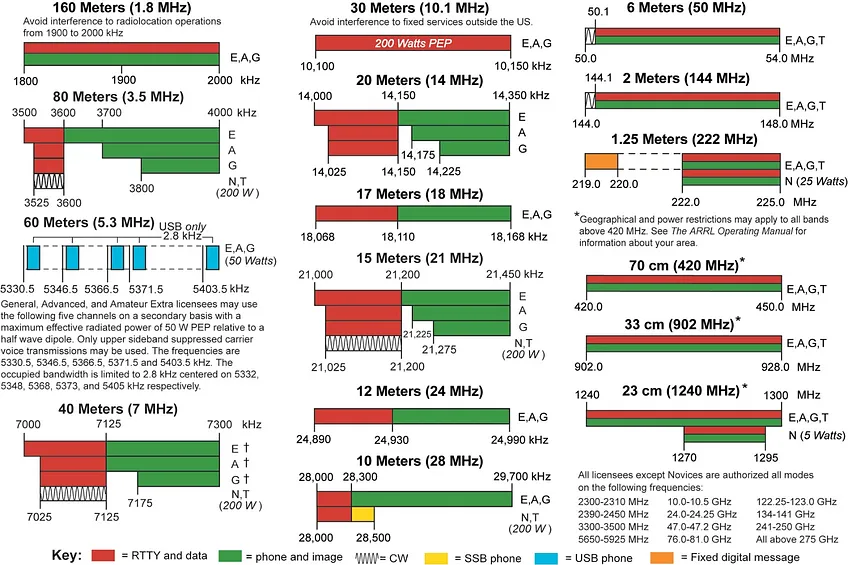
The Yaesu FTM-150R ASP Dual Band FM Transceiver stands as a solid choice for amateur radio operators seeking dependable performance, high power output, and advanced features that are well-suited for both mobile and base station setups. With its powerful transmit capabilities, clear audio technology, and reliable design, this transceiver offers a strong balance between functionality and ease of use.
Power and Performance
One of the standout features of the Yaesu FTM-150R ASP is its high-power transmit capability. On the VHF band, it delivers up to 55 watts, and on UHF, it provides up to 50 watts. This ensures long-distance communication even in challenging conditions such as rural areas, mountainous terrain, or during emergency operations. For mobile users, this level of output power is particularly valuable, as it allows consistent communication while on the move.
The transceiver also offers multiple selectable power levels, making it adaptable to different operating environments. Users can conserve power during short-range communication or maximize output when extended reach is needed.
ASP Audio Enhancement
The “ASP” designation refers to Advanced Speaker Processing, a feature designed to improve audio clarity. With ASP technology, received signals are filtered and enhanced to provide crisp, natural sound, reducing background noise and distortion. This is especially useful when operating in noisy vehicles, crowded urban environments, or emergency scenarios where every word matters.
The FTM-150R’s audio system is designed with a powerful internal speaker that produces strong and clear audio. Combined with ASP, operators experience less fatigue during long listening sessions and greater confidence in understanding critical transmissions.
Dual Band Capability
As a dual band FM transceiver, the FTM-150R ASP operates on both VHF and UHF frequencies. This versatility allows hams to take advantage of local repeaters, simplex operation, and wide-area communications. The dual band functionality makes it suitable for everyday amateur radio activities, public service events, and emergency communications.
The rig supports cross-band operation, further extending its utility by allowing it to act as a relay between bands. This is particularly helpful during field operations or in areas where certain frequency ranges are more effective than others.
Channel Capacity and Memory Management
The Yaesu FTM-150R ASP includes extensive channel storage, allowing users to program and organize hundreds of memory channels for quick access. This is convenient for those who travel frequently and want to store repeater frequencies across different regions. With flexible memory naming and scanning functions, navigating stored channels is straightforward.
Scanning is efficient and reliable, making it easy to monitor multiple frequencies. Whether checking local repeaters, weather broadcasts, or emergency nets, the scanning functions keep the operator connected and informed.
User Interface and Controls
The control layout of the FTM-150R ASP is designed with user-friendliness in mind. The large display provides clear visibility of frequency, operating mode, and key status indicators. Its backlighting ensures readability in both daylight and nighttime environments.
The front panel controls are intuitive, with tactile buttons and a smooth tuning dial that allows quick adjustments. The dual PTT functionality is especially convenient for operators who regularly switch between bands, offering seamless operation without excessive menu navigation.
Durability and Build Quality
Yaesu radios are known for their robust construction, and the FTM-150R ASP upholds this reputation. Its sturdy build ensures reliability even under heavy use, whether installed in a vehicle or used as a base station. The transceiver is designed to handle heat efficiently, supported by a well-engineered cooling system that prevents overheating during extended transmissions.
Practical Applications
The Yaesu FTM-150R ASP is well-suited for a variety of amateur radio applications:
-
Mobile Operation: High power output and ASP audio make it ideal for vehicle installation, ensuring reliable communication on the road.
-
Base Station Use: When paired with an appropriate power supply, the transceiver can serve as a reliable base station for daily amateur radio activities.
-
Public Service Events: The memory capacity and scanning functions are beneficial for operators supporting marathons, parades, and other events requiring coordination.
Conclusion
The Yaesu FTM-150R ASP Dual Band FM Transceiver delivers a well-rounded combination of power, clarity, and durability. Its 55 watts on VHF and 50 watts on UHF provide excellent reach, while the ASP audio enhancement ensures clean and intelligible communication in any environment. The transceiver’s dual band flexibility, robust build quality, and user-friendly interface make it a dependable choice for amateur radio operators seeking performance and reliability in both mobile and base station setups.
Overall, the FTM-150R ASP is a worthy addition to Yaesu’s respected lineup of ham radios, offering operators the tools they need for everyday communication, emergency preparedness, and serious radio work.




